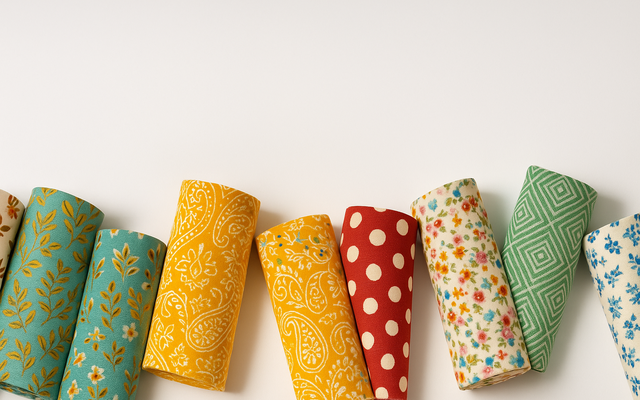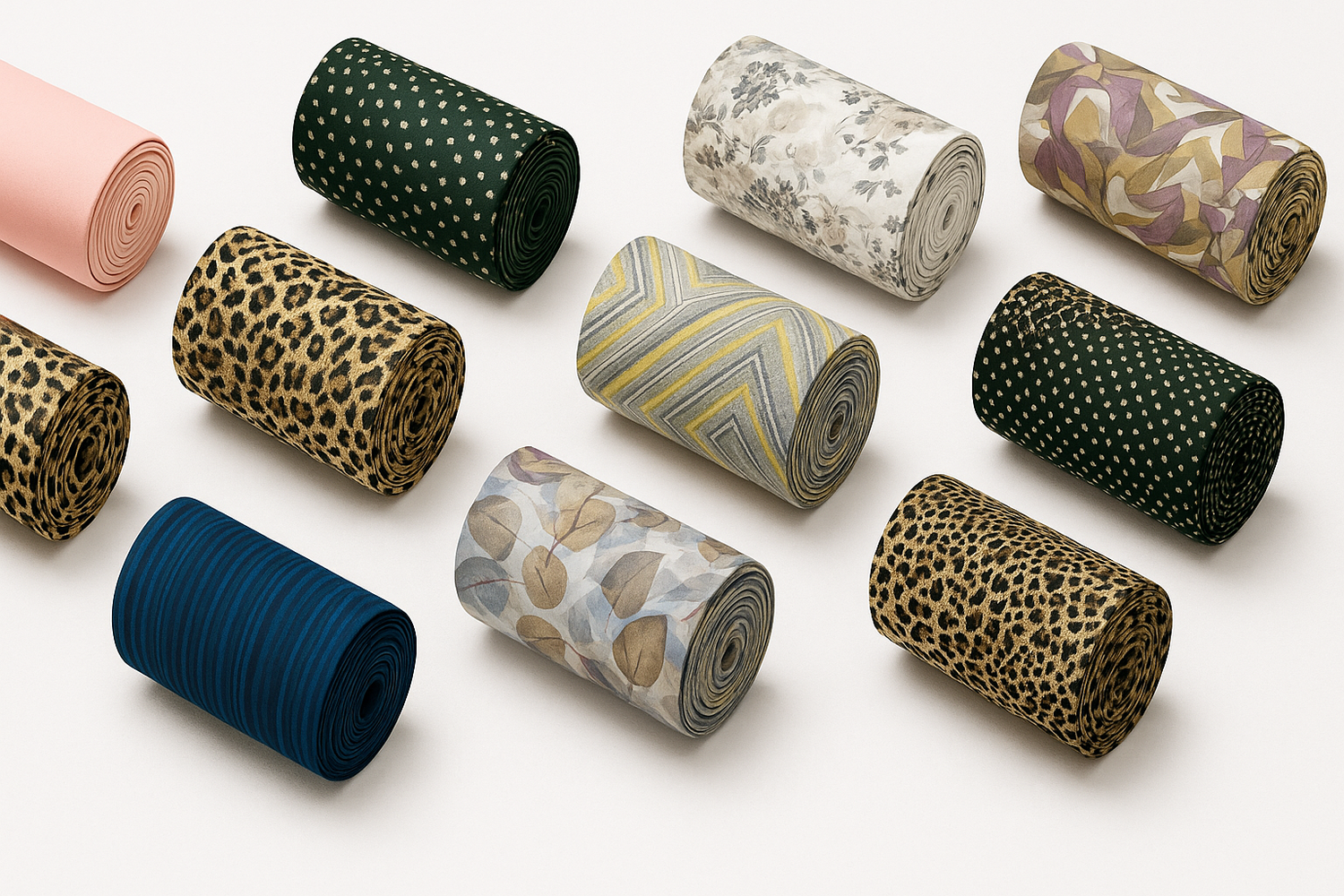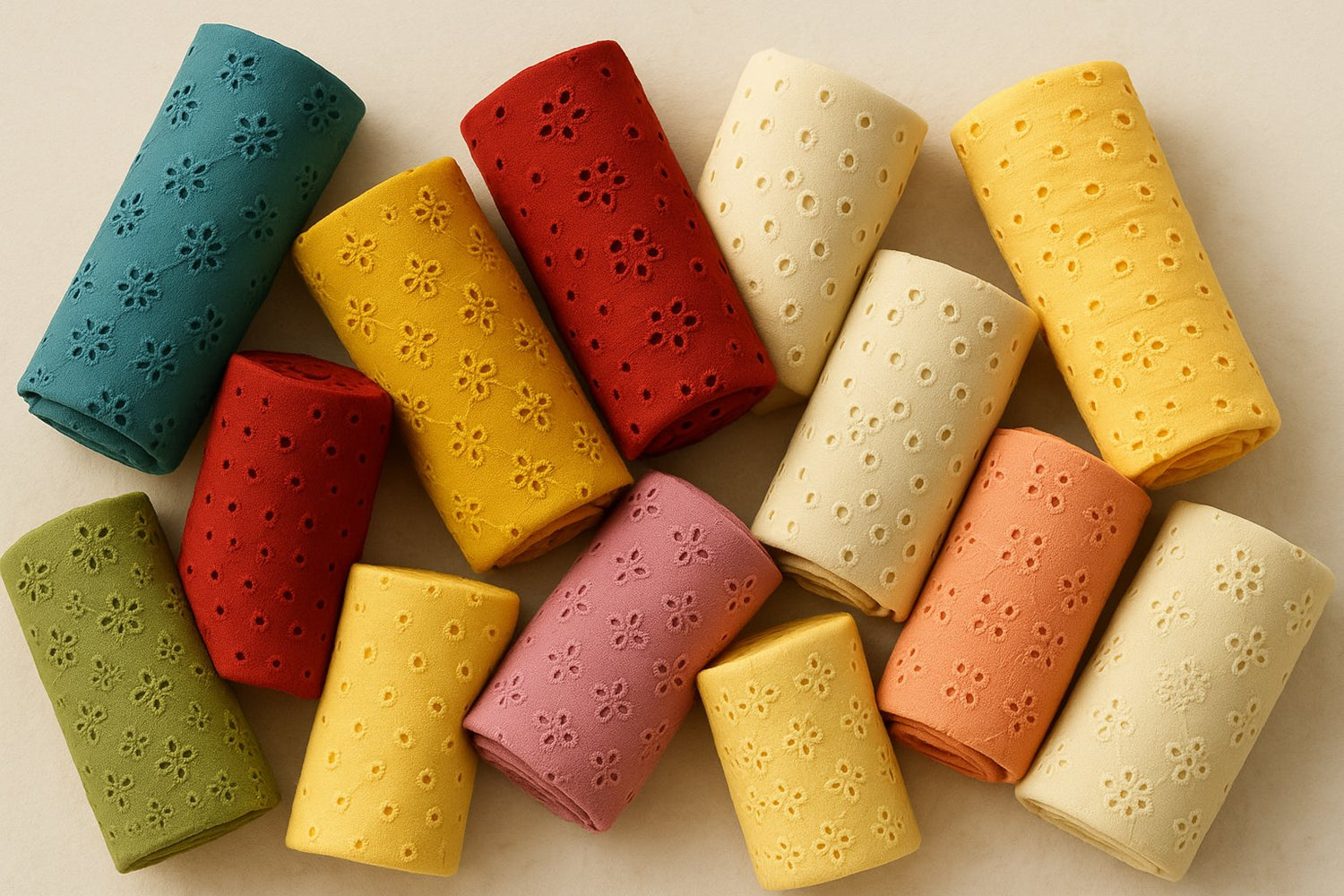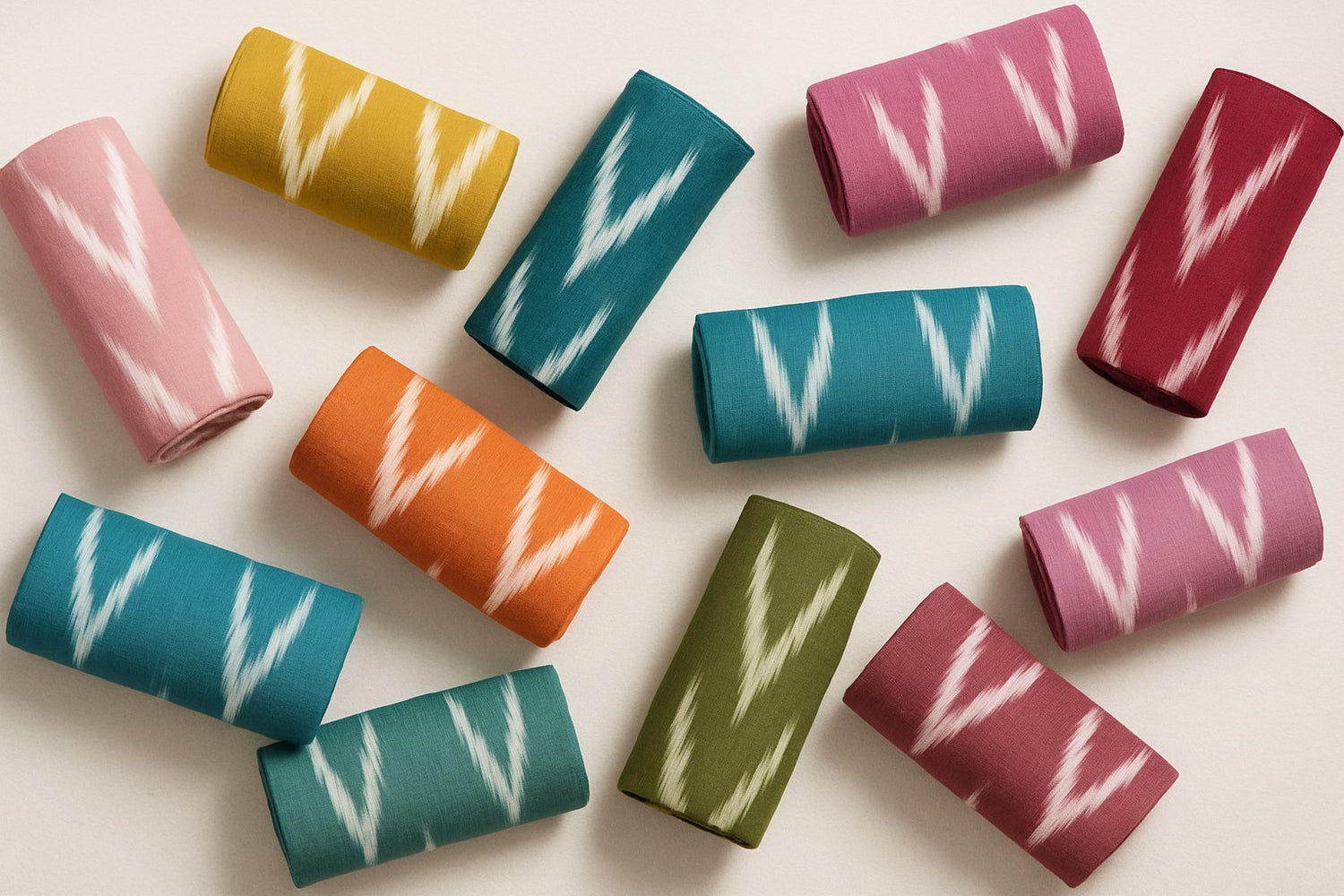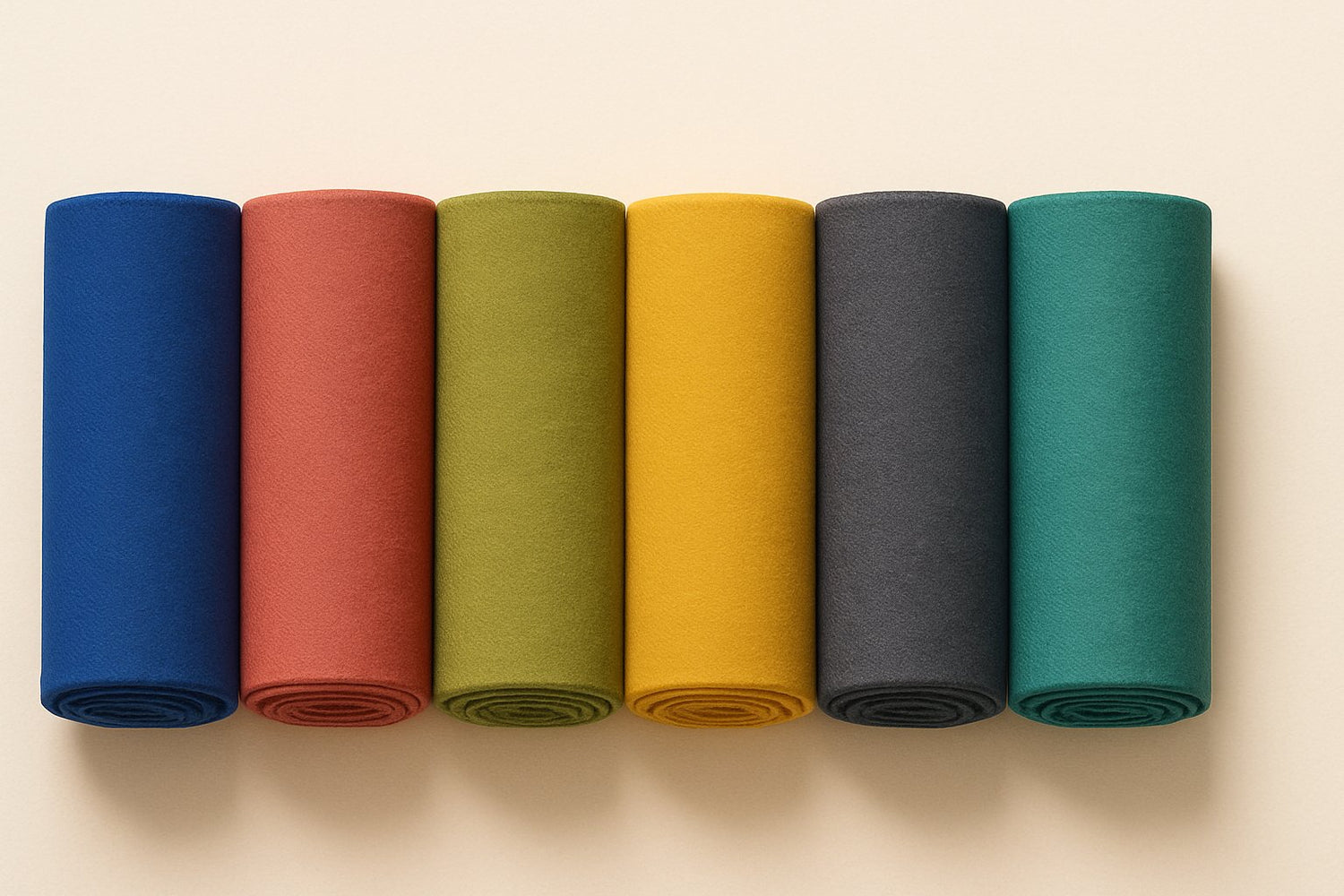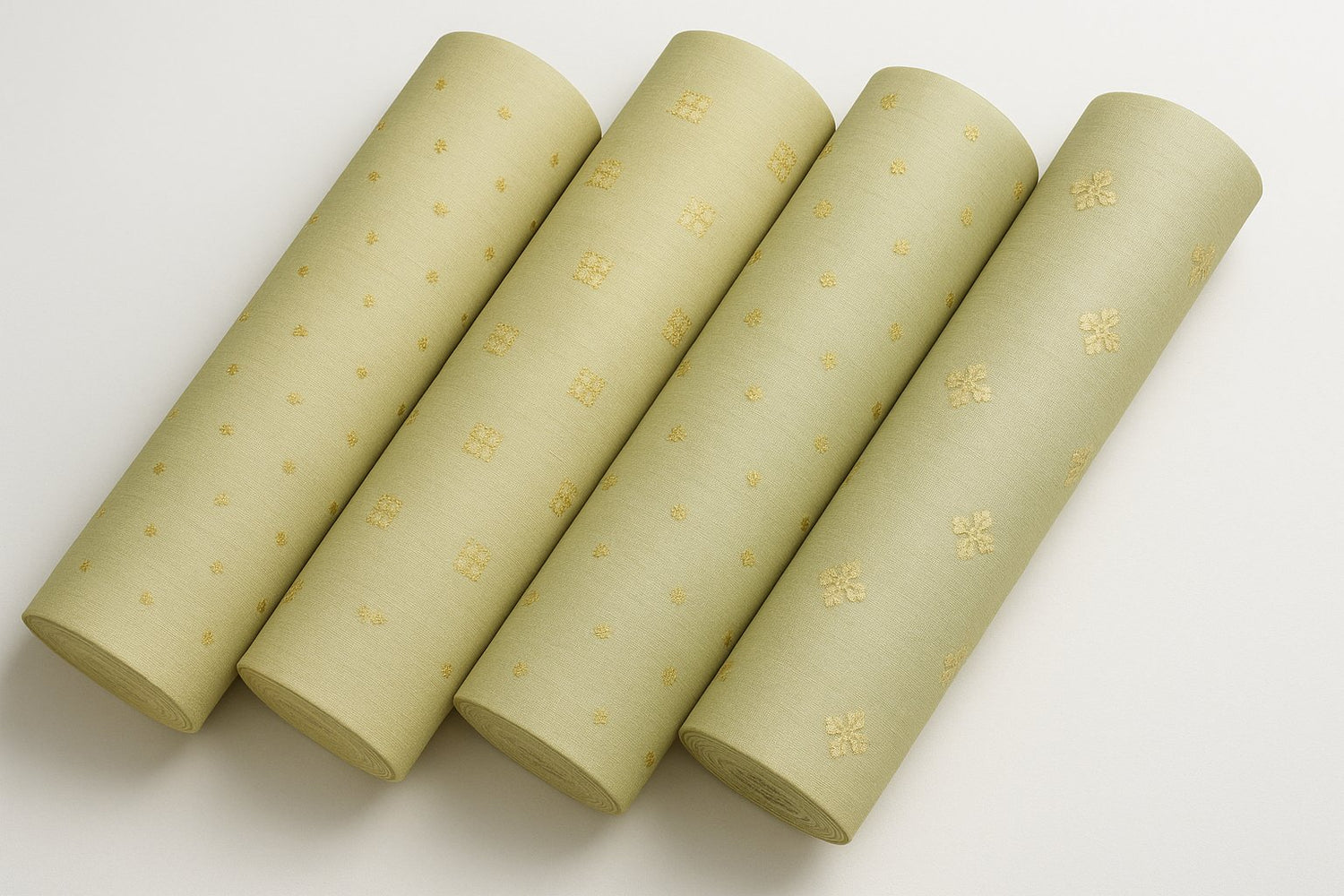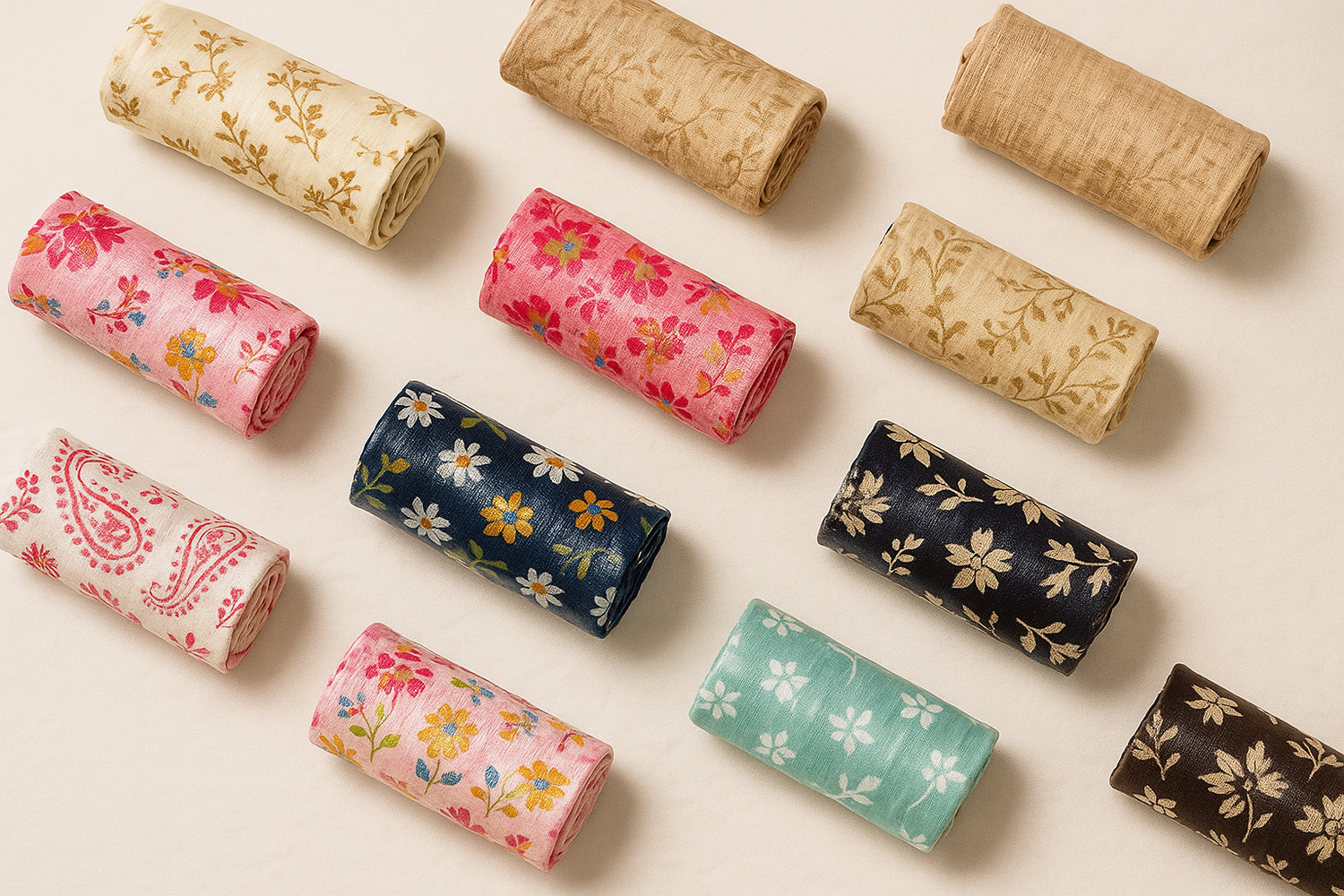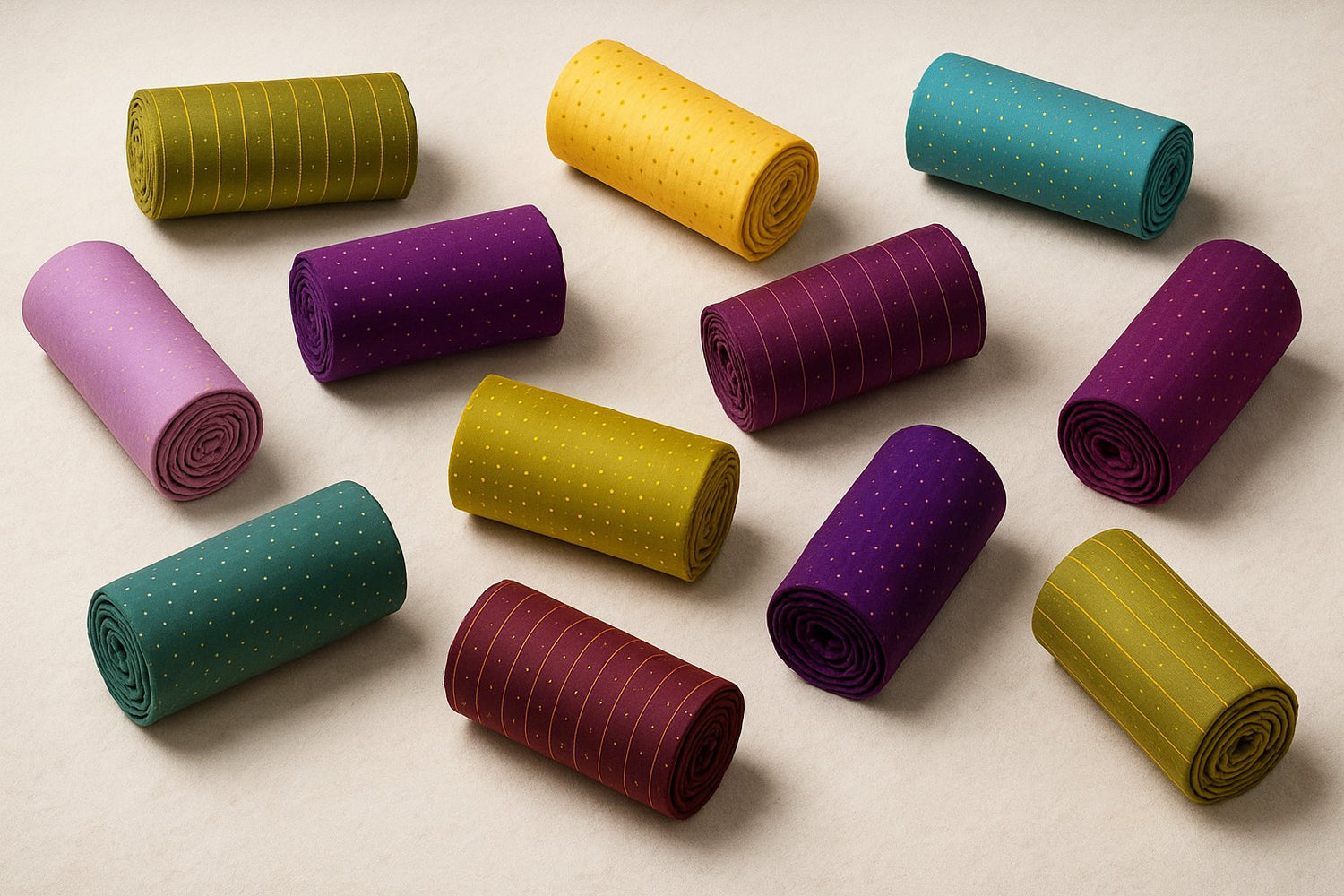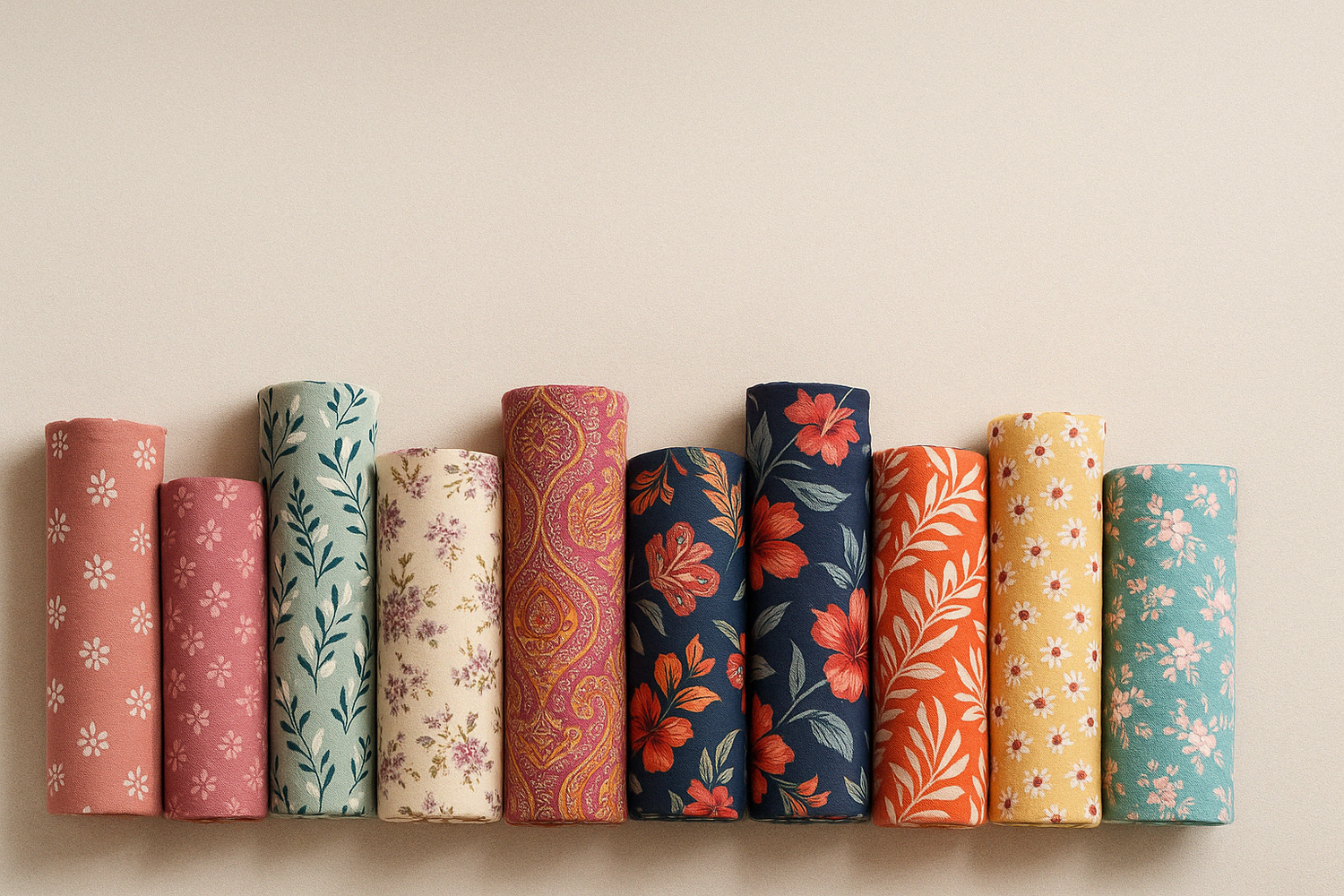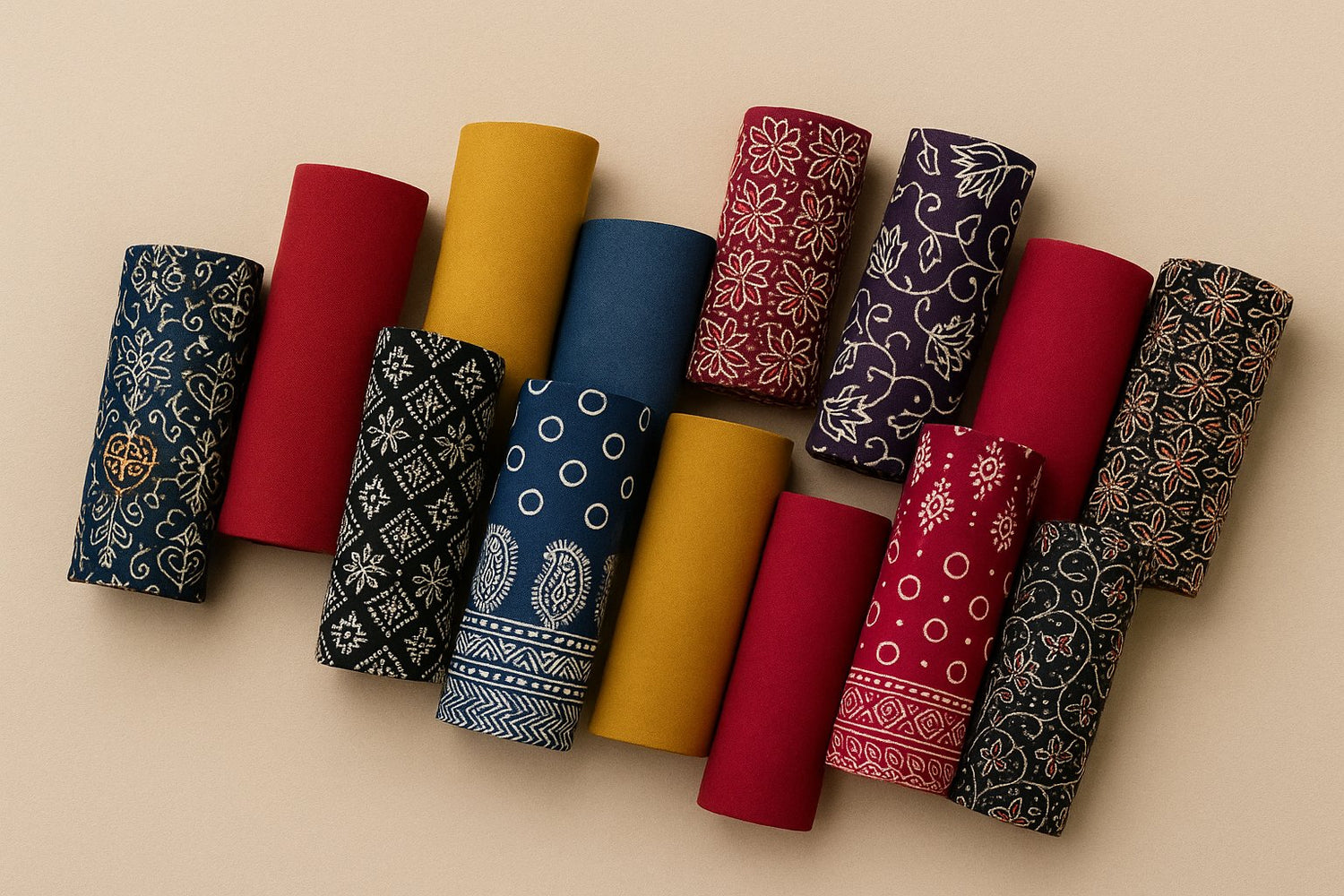Have you ever wondered how to determine the weight and thickness of a fabric? Well, wonder no more! GSM, which stands for "grams per square meter," is a handy unit that textile professionals and enthusiasts use to measure fabric density. This beginner's guide will equip you with the knowledge and tools to calculate GSM with precision and ease, helping you make informed decisions when selecting fabrics for your projects.
What is GSM of a Fabric?
GSM is a metric unit that expresses the weight of a fabric per square meter of its area. In simpler terms, it reflects how much a square meter of that particular fabric weighs. A higher GSM indicates a denser, heavier fabric, while a lower GSM signifies a lighter, more breathable material.
Knowing the GSM of a fabric offers several advantages:
- Understanding Fabric Weight and Thickness:
GSM provides a standardized way to compare the weight and thickness of different fabrics. This is crucial when choosing fabrics for garments or projects with specific weight requirements. For instance, a drapery fabric would ideally have a higher GSM for better drape and structure, while a fabric for a summer dress would likely have a lower GSM for breathability.
- Fabric Selection for Different Applications:
GSM plays a vital role in selecting suitable fabrics for various purposes. Upholstery fabrics typically require a higher GSM for durability, while sportswear fabrics often have a lower GSM for comfort and flexibility.
- Estimating Fabric Consumption:
GSM can help estimate the amount of fabric needed for a project. Denser fabrics (higher GSM) will require less yardage compared to lighter fabrics (lower GSM) to achieve the desired coverage.
How to Calculate GSM of Fabric
Calculating GSM is a straightforward process that requires just two basic measurements: fabric weight and area. Here's a step-by-step guide:
Materials:
-
Fabric sample

-
Scale (preferably digital for accurate measurement)

-
Ruler

Steps:
- Cut a Square Fabric Sample: Use a ruler to accurately cut out squares of fabric. Typical size is 10 cm x 10 cm (0.01 square meters). However, you can choose any size as long as you measure the dimensions accurately.
- Weigh the Fabric Sample: Place the fabric sample on the scale and weigh it accurately. Record the weight in grams.
- Calculate the Area of the Fabric Sample: Since we are cutting a square shape, simply multiply the length (in centimeters) by the width (in centimeters) to find the area in square centimeters.
-
Apply the GSM Formula: The formula to calculate GSM is:
GSM = (Fabric weight in grams) / (Area of the fabric sample in square meters) - Convert the Area Unit (if necessary): If you used a square dimension other than meters (such as centimeters), convert the area measurement to square meters before dividing. To convert from square centimeters to square meters, divide the area in square centimeters by 10,000 (because 1 meter is 100 centimeters).
Example:
Let's say you cut a 10 cm x 10 cm square fabric sample and weighed it to be 25 grams.
- Area of the fabric sample = 10 cm * 10 cm = 100 cm²
- Convert area to square meters: 100 cm² / 10,000 = 0.01 m²
- GSM = (25 grams) / (0.01 m²) = 2500 grams/m²
Therefore, the GSM of your fabric sample is 2500 grams per square meter.
Tips for Accurate GSM Calculation:
- For the most accurate weight measurements, use a digital scale.
- Make sure the sample is cut to the exact square dimensions desired.
- To increase accuracy, cut multiple swatches from different areas of the fabric (especially large fabrics) and calculate the average GSM.
Online GSM Calculators:
For your convenience, several online GSM calculators are available. These tools allow you to input the fabric weight and area (sometimes in different units), and they will calculate the GSM for you. However, using the formula and performing the calculation yourself is a valuable learning experience.
Understanding GSM Values for Different Fabrics
GSM can vary widely depending on the fabric type, fiber content, weave construction, and intended use. Here's a general guideline to help you interpret GSM values:
- Ultralight fabrics (below 50 GSM): These are incredibly light and breathable fabrics, perfect for sportswear, light clothing and linings. Examples include chiffon, voile, and some mesh fabrics.
- Lightweight fabrics (50-100 GSM): These breathable fabrics have a good drape and are suitable for summer clothes, blouses, shirts, and light dresses. Examples include cotton poplin, linen, and some jerseys.
- Medium weight fabrics (100-200 GSM): These versatile fabrics offer a balance of drape and structure. Perfect for dresses, skirts, shirts, trousers and light jackets. Examples include denim (depending on weight), chambray, and twill.
- Heavyweight fabrics (200-300 GSM): These denser fabrics provide better structure and warmth. Suitable for winter clothing, jackets, coats, upholstery and some curtain fabrics. Examples include canvas, corduroy, and heavy denim.
- Ultra-heavyweight fabrics (above 300 GSM): These are the thickest, most durable fabrics and are ideal for heavy-duty applications such as outerwear, blankets, and upholstery. Examples include canvas (super thick), fleece, and some curtain fabrics.
How to Calculate GSM of Knitted Fabric
Calculating GSM for knitted fabrics differs slightly because they are more stretchy. Here are two methods:
Method 1: Gauge Swatch Method
- Knit a gauge swatch according to the pattern instructions or a standard size (e.g., 4" x 4").
- Once knit, carefully lay the swatch flat and measure its length and width accurately.
- Weigh the gauge swatch using your digital scale.
- Apply this formula, considering the swatch area:
GSM = (Fabric weight in grams) x 10,000 / (Length of swatch in cm x Width of swatch in cm)
Method 2: Deconstruction Method
- Carefully unravel a small section of the knitted fabric, ensuring it represents the entire piece.
- Weigh the unraveled yarn using your digital scale.
- Measure the unraveled yarn length in meters.
- Calculate the yarn linear density in tex (grams per 1000 meters) using this formula:
Tex = (Yarn weight in grams) x 1000 / Yarn length in meters
- Finally, use a conversion chart or online tool to convert tex to GSM based on the fabric type (e.g., jersey, fleece).
Remember: When calculating GSM for knits, consider that GSM can vary depending on how tightly the fabric is knitted.
Conclusion
Understanding GSM will help you make informed fabric decisions for your project. Incorporating GSM into your selection process ensures you get pieces with the ideal weight, drape, and functionality to meet your needs. So, the next time you browse fabrics, grab a ruler, or a scale, and put your newfound GSM knowledge to the test! Happy crafting!


